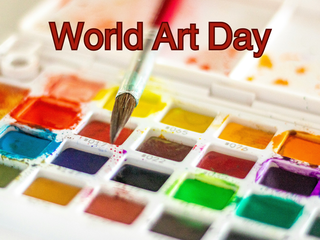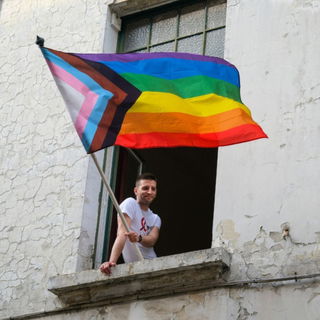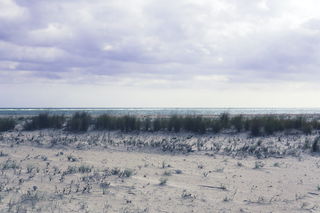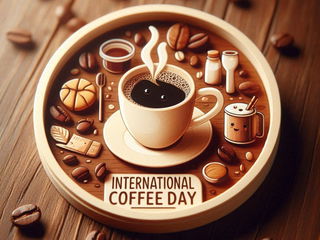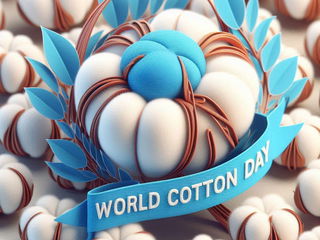- Calendar
- Calendar 2025
- October
- National Vodka Day
National Vodka Day
If you’re someone who enjoys savoring and sipping on vodka, October 4th is the perfect day to celebrate your love for it, it's National Vodka Day!
This day is dedicated to one of the most beloved spirits of the world and gives us a chance to learn about the rich history and versatility of vodka.
Be it mixologists, or casual drinkers, vodka is a favorite among all as unlike alcohols with bold and different flavors, vodka is popular for its clean, neutral taste that allows it to serve as a versatile base for a variety of cocktails.
National Vodka Day, celebrated since 2009, even has its own website and has been featured in popular global magazines.
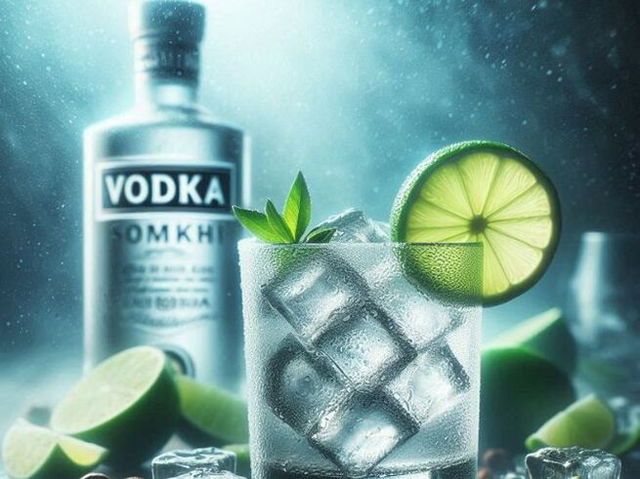
The Global History of Vodka
The name “vodka” comes from the Slavic word “voda,” meaning “water,” which highlights its clear, water-like look. Traditionally, vodka was made from fermented grains like wheat and rye, but it can also be distilled from potatoes, beets, or grapes.
The origins of vodka are a topic of debate among scholars as its historical records are very limited. Early forms of distilled spirits were very different from the modern vodka with different and unique flavors, smells and colors.
These early beverages had very low alcohol content-around 14%, and it was initially used for medicinal purposes.
Distillation techniques began in Roman Egypt around the 3rd century, but detailed descriptions of alcohol distillation, known as aqua ardens or “burning water,” are found in Latin texts only from the 12th century. By 1300, European medieval chemists had developed a thorough understanding of the distillation process.
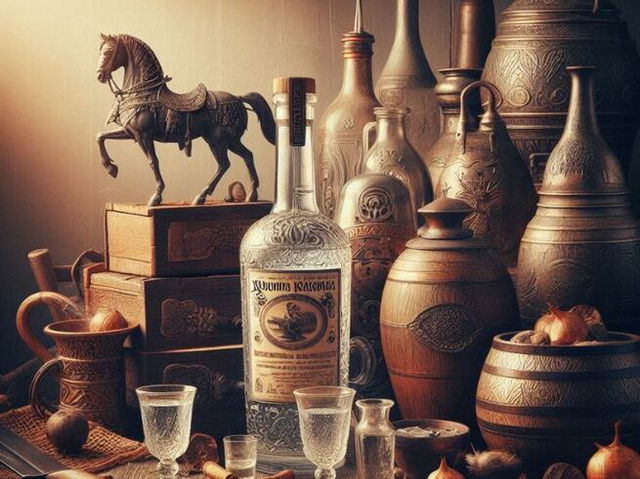
Vodka in Poland
The earliest recorded mention of “wódka” (the Polish term for vodka) dates back to 1405, found in the Akta Grodzkie court documents from the Palatinate of Sandomierz in Poland.
During this time, “wódka” was referred to chemical compounds utilized in medicines and cosmetics.
The production of vodka started in the mid 15th century, with local traditions that emerged throughout Europe.
By the 16th century, vodka, referred to as “gorzałka” (meaning “burnt liquor” in Old Polish), had become a prominent Polish beverage. The Ukrainian term “horilka” (горілка) also derived from this word.
Initially, vodka was utilized for medical purposes and by the early 16th century, popular figures such as Jerzy Potański and Stefan Falimierz documented its utilization and production methods. Jakub Kazimierz Haur's 1693 work provided detailed recipes for making vodka from rye.
Traditional Polish vodka blends like Żubrówka and Goldwasser date back to the 16th and early 17th centuries. By the mid-17th century, Polish nobility had a monopoly on vodka production, which became very profitable. Vodka production expanded significantly by the end of the 16th century, with cities like Kraków, Poznań, and Gdańsk becoming key centers.
Early methods were basic, often involving multiple distillations for higher alcohol content. Industrial vodka production began in the late 18th century, with technological advancements and a government monopoly established in 1925.
Vodka in Russia
Vodka made its appearance in Russia during the late 14th century, and it was brought by Genoese ambassadors, then presented to Dmitry Donskoy.
The term “aqua vitae” which meant water of life was given due to its distilled spirit and by 1430, Isidore a monk from the Chudov Monastery made a recipe for early Russian vodka.
This beverage was previously known as “bread wine” and was very closely associated with Moscow.
Ivan III created the first Russian state monopoly on vodka in 1474. By the 16th century, government-run taverns, known as kabaks, replaced private ones. The term “vodka” first appeared in Russian documents in 1751. By the 1860s, vodka was widely available due to government promotion, becoming a major source of state revenue, contributing up to 40% of state finances.
Post-Soviet Era
Poland's vodka industry was nationalized after World War II by the Marxist-Leninist government. During the 1980s, the sales of vodka were controlled during the martial law.
After the end of single-party rule, many distilleries faced financial problems but were later privatized, leading to new vodka brands.
In Russia, vodka remained a major revenue source. Under Vladimir Putin, the state spirits' monopoly, Rosspirtprom, strengthened his power. Popular brands included “Putinka,” Stolichnaya, and Russian Standard.
Vodka in Sweden
In Sweden, vodka was originally known as “brännvin” (burn-wine) from the late 15th century. By the early 18th century, vodka production grew despite several bans. Potatoes were introduced in production in the late 18th century, and equipment improved in the 1870s. The term “vodka” became popular in Sweden in the 1960s, with Explorer Vodka and later Absolut Vodka leading the market. After Sweden joined the EU in 1995, private vodka production was allowed.
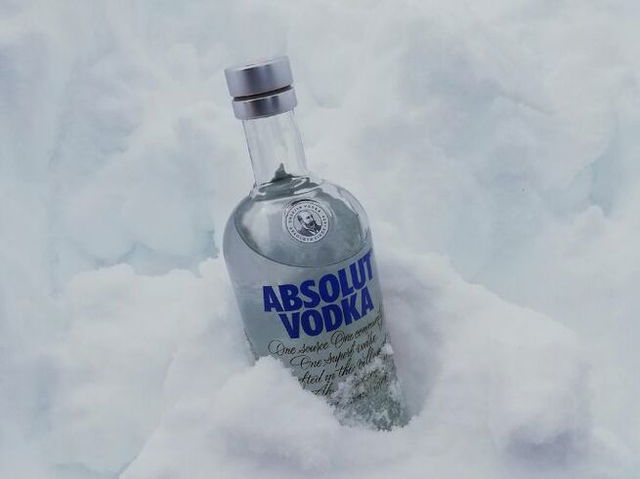
Recently, vodka has become popular among young people in Sweden, leading to a rise in the black market. In 2013, laws were enforced to address illegal vodka distribution to minors.
Celebrating National Vodka Day
The best way to celebrate National Vodka Day is by mixing and trying different Vodka cocktails. You can try the classic Vodka Martini or whip up your own cocktails.
Experimenting with different recipes could be fun and help you explore new favorites as well as different vodka varieties starting from smooth premium brands to unique flavors to artisanal craft vodkas.
You can also host a vodka party and invite friends and family to sample different vodkas and enjoy delicious foods. You can also incorporate vodka into your cooking by making dishes like vodka sauce for pasta or vodka-infused desserts. Delving into vodka’s history and learning about its production methods can deepen your appreciation for this versatile spirit.
Popular Vodka Recipes
Vodka Martini
A classic and elegant choice, perfect for those who enjoy a smooth, sophisticated drink.
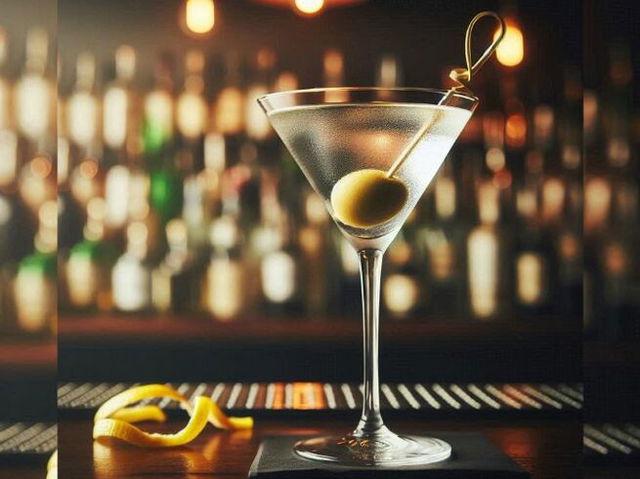
Ingredients:
- 2 1/2 oz vodka
- 1/2 oz dry vermouth
- Ice
- Lemon twist or olives for garnish
Instructions:
- Fill a mixing glass with ice.
- Add vodka and dry vermouth.
- Stir well until chilled.
- Strain into a chilled martini glass.
- Garnish with a lemon twist or olives.
Moscow Mule
A refreshing cocktail with a zesty kick, traditionally served in a copper mug.
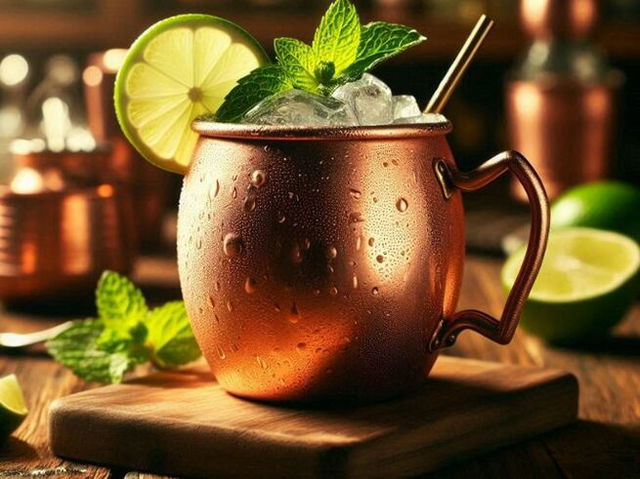
Ingredients:
- 2 oz vodka
- 1/2 oz lime juice (freshly squeezed)
- 4 oz ginger beer
- Ice
- Lime wedge for garnish
Instructions:
- Fill a copper mug or glass with ice.
- Add vodka and lime juice.
- Top with ginger beer.
- Stir gently.
- Garnish with a lime wedge.
Cosmopolitan
A fruity and vibrant cocktail with a tangy flavor, popularized by the TV show Sex and the City.
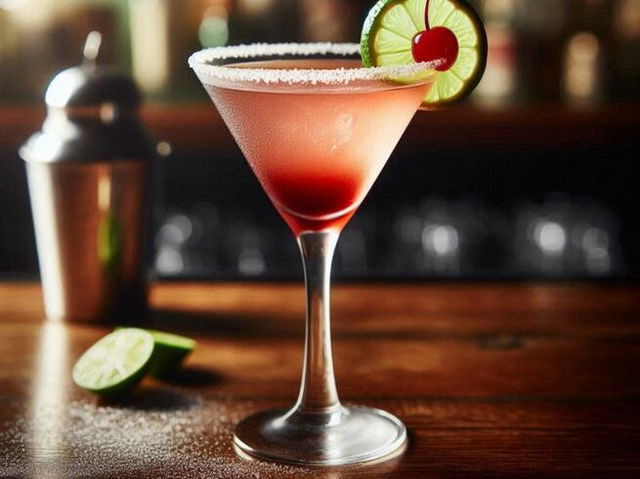
Ingredients:
- 1 1/2 oz vodka
- 1 oz cranberry juice
- 1/2 oz triple sec (or Cointreau)
- 1/2 oz lime juice (freshly squeezed)
- Ice
- Lime twist or orange peel for garnish
Instructions:
- Fill a cocktail shaker with ice.
- Add vodka, cranberry juice, triple sec, and lime juice.
- Shake well until chilled.
- Strain into a chilled martini glass.
- Garnish with a lime twist or orange peel.
Bloody Mary
A savory and spicy cocktail that’s often enjoyed as a brunch staple.
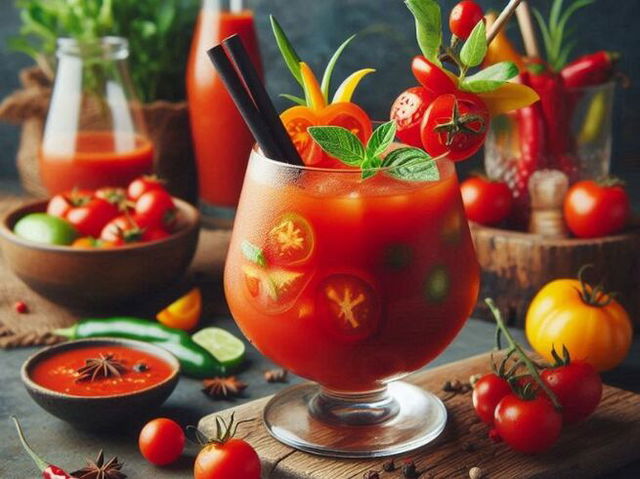
Ingredients:
- 2 oz vodka
- 4 oz tomato juice
- 1/2 oz lemon juice (freshly squeezed)
- 2 dashes Worcestershire sauce
- 2 dashes hot sauce (like Tabasco)
- Pinch of salt and pepper
- Ice
- Celery stalk, lemon wedge, and/or olives for garnish
Instructions:
- Fill a glass with ice.
- Add vodka, tomato juice, lemon juice, Worcestershire sauce, hot sauce, salt, and pepper.
- Stir well.
- Garnish with a celery stalk, lemon wedge, and/or olives.
White Russian
A creamy and indulgent cocktail, perfect for a cozy evening.
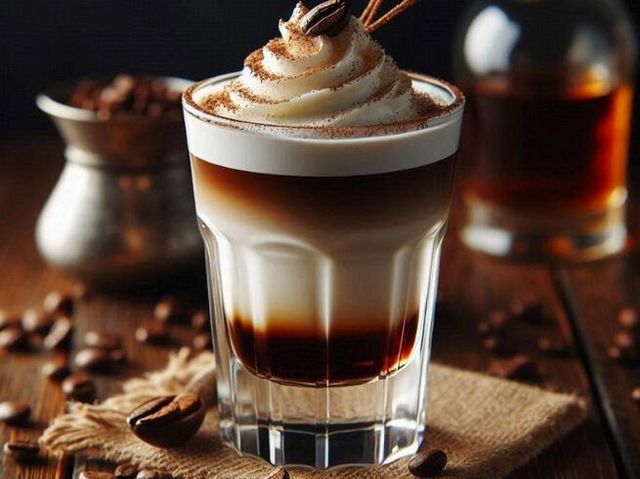
Ingredients:
- 2 oz vodka
- 1 oz coffee liqueur (like Kahlúa)
- 1 oz heavy cream or milk
- Ice
Instructions:
- Fill a glass with ice.
- Add vodka and coffee liqueur.
- Top with heavy cream or milk.
- Stir gently until combined.
Sex on the Beach
A fruity and tropical cocktail that’s perfect for summer.
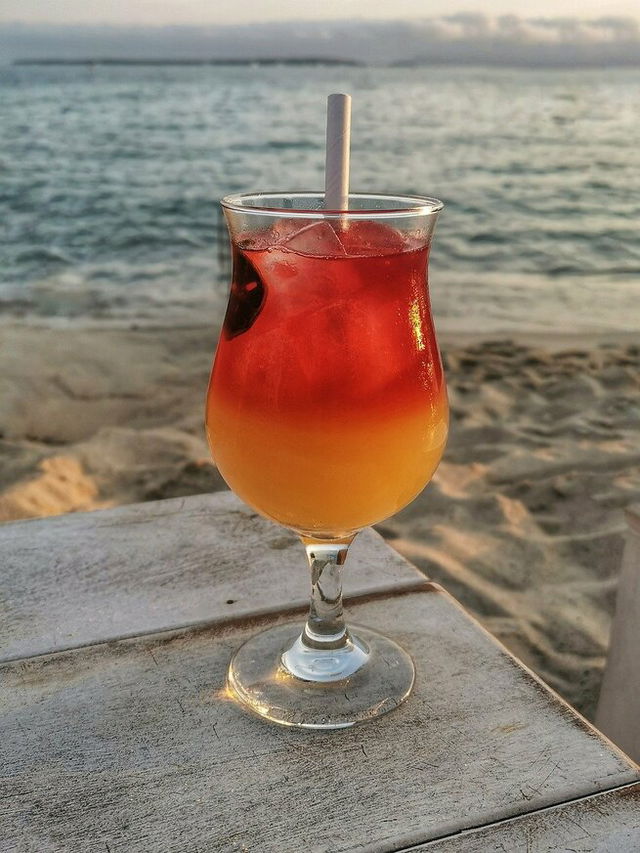
Ingredients:
- 1 1/2 oz vodka
- 1/2 oz peach schnapps
- 2 oz cranberry juice
- 2 oz orange juice
- Ice
- Orange slice and cherry for garnish
Instructions:
- Fill a glass with ice.
- Add vodka, peach schnapps, cranberry juice, and orange juice.
- Stir well.
- Garnish with an orange slice and cherry.
These cocktails showcase the versatility of vodka, offering a range of flavors from spicy to sweet. Enjoy mixing them up for any occasion!
Recommended Articles
- National Tequila Day
- National Wine Day
- National Beer Day
- National Margarita Day
- National Bourbon Day
- National Limoncello Day
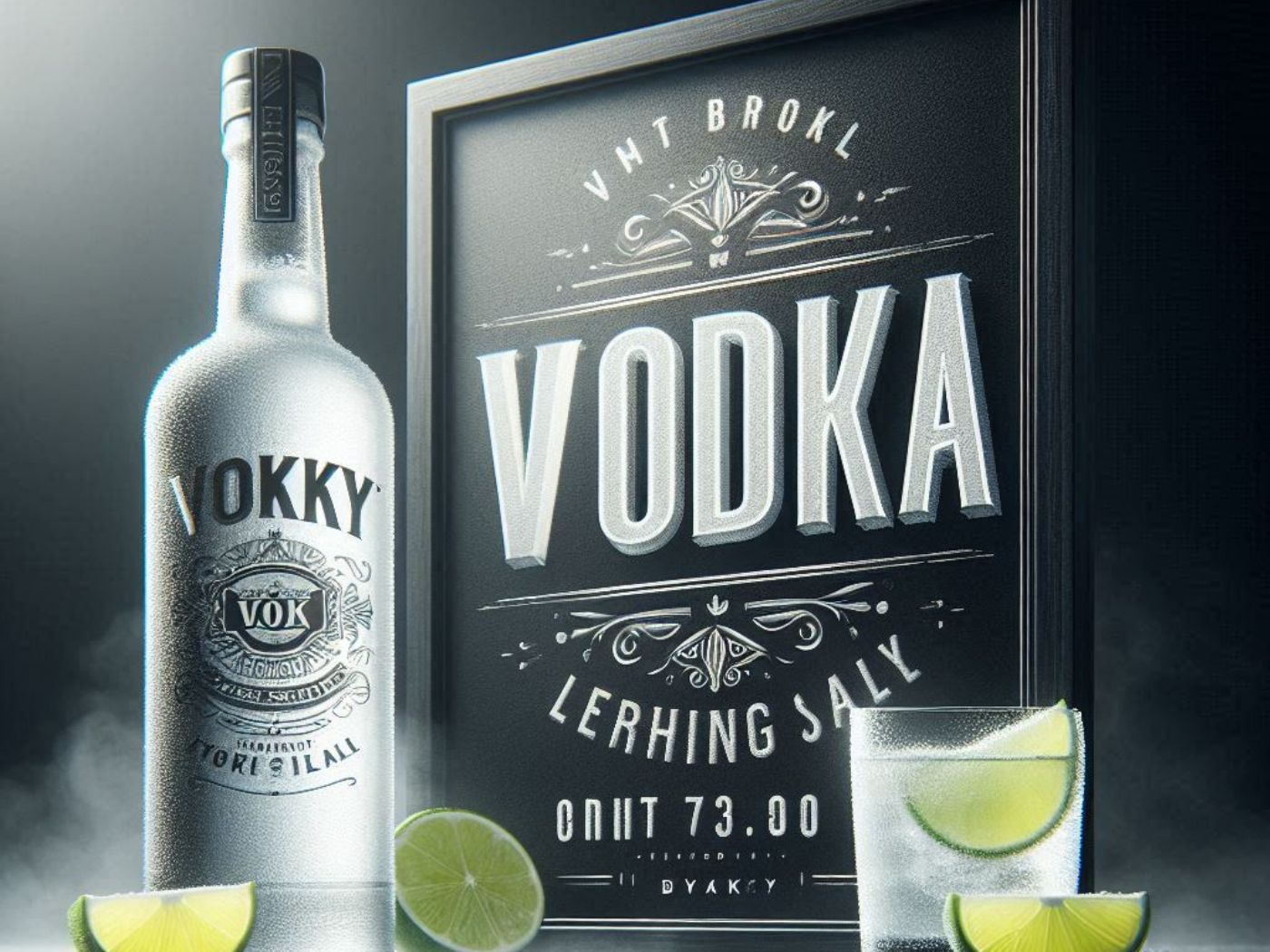
Other Celebrations
-
Jan 01 Wed
-
Jan 16 Thu
-
Feb 28 Fri
-
Aug 03 Sun
-
Sep 26 Fri
-
Sep 27 Sat

National Vodka Day - Next years
Sunday, 04 October 2026
Monday, 04 October 2027
Wednesday, 04 October 2028


